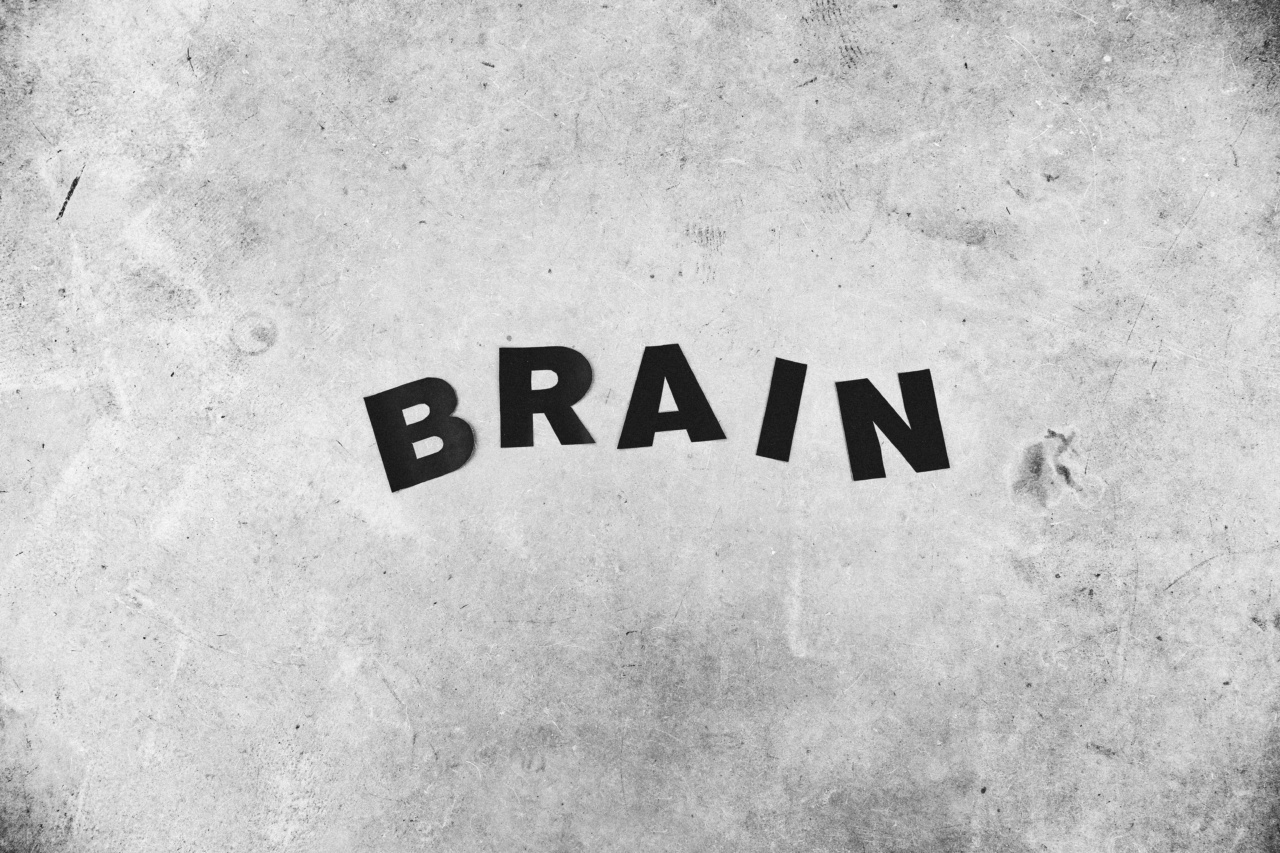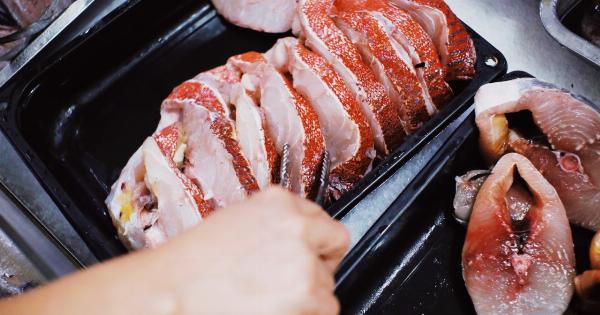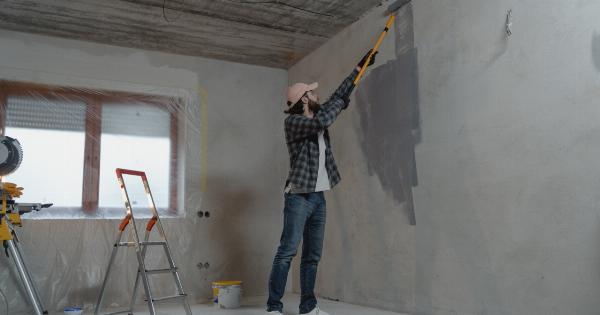Humans are capable of performing a wide range of movement tasks, ranging from basic motor skills like walking to complex tasks like playing a musical instrument.
We are able to perform these tasks with great precision and accuracy, even when they are performed subconsciously. One of the key factors responsible for this ability is movement memory. In this article, we will explore the neural basis of movement memory.
What is Movement Memory?
Movement memory, also known as motor memory, is the ability to learn and retain motor skills over time. It involves the process of creating new motor pathways in the brain as a result of repeated motor activity.
Movement memory underlies the development of procedural memory, which is responsible for our ability to perform automatic movements without conscious effort.
Types of Movement Memory
There are two main types of movement memory:.
1. Implicit Memory
Implicit memory involves the acquisition of motor skills through repeated practice. Over time, this type of memory enables us to perform automatic and subconscious movements.
It is responsible for the refinement of motor skills and the development of muscle memory, which is the ability of the muscles to remember movements that have been rehearsed.
2. Explicit Memory
Explicit memory involves the conscious learning of new motor skills. This type of memory is typically involved in the early stages of learning a new skill, where conscious effort is required to perform the movement correctly.
Over time, explicit memory can become implicit, as the skill becomes more automatic and less reliant on conscious attention.
Neural Basis of Movement Memory
The neural basis of movement memory involves a complex interplay between different regions of the brain, including the motor cortex, basal ganglia, cerebellum and hippocampus.
1. Motor Cortex
The motor cortex is the region of the brain responsible for the initiation, planning and execution of voluntary movements. It is divided into two main regions, the primary motor cortex (M1) and the premotor cortex.
M1 is responsible for the execution of movements, while the premotor cortex is involved in the planning and preparation of movements.
2. Basal Ganglia
The basal ganglia are a group of nuclei located deep in the brain that are involved in the control of voluntary movements. They are responsible for modulating the activity of the motor cortex and for initiating and stopping movements.
The basal ganglia are also involved in the formation of habits and the execution of automatic movements.
3. Cerebellum
The cerebellum is a small, densely packed structure located beneath the brain that is involved in the coordination and fine tuning of movements.
It receives sensory information from the body and uses this information to adjust the activity of the motor cortex and basal ganglia, ensuring that movements are precise and accurate.
4. Hippocampus
The hippocampus is a region of the brain involved in the formation of declarative memory, which is our ability to consciously recall facts and events.
It is also involved in the consolidation of motor memories, and plays a key role in linking sensory and motor information to create a coherent memory of a movement.
Factors Affecting Movement Memory
Several factors can affect the formation and retention of movement memory, including:.
1. Repetition
Repetition plays a crucial role in the formation of movement memory. The more frequently a movement is performed, the stronger the neural pathways become, and the more automatic the movement becomes.
2. Feedback
Feedback is essential for the refinement of movement skills. Positive feedback helps to reinforce correct movements, while negative feedback helps to identify and correct errors in movement patterns.
3. Timing
The timing of movements is critical for the creation of movement memory. Movements that are performed with precise timing are more likely to be encoded as strong memories.
4. Attention
Attention is necessary for the early stages of learning, when movements are still being consciously processed. Over time, movements become more automatic and less reliant on conscious attention.
Conclusion
The ability to learn and retain motor skills is critical for efficient movement and physical performance. Movement memory involves the creation of new neural pathways in the brain as a result of repeated motor activity.
The neural basis of movement memory involves a complex interplay between different regions of the brain, including the motor cortex, basal ganglia, cerebellum and hippocampus. Understanding the factors that affect movement memory can help to optimize motor learning and improve physical performance.





























